How to remove N2019cov Ransomware and decrypt .p4wn3d files
What is N2019cov Ransomware N2019cov Ransomware is a new malware that has become active in mid-March of this year. As you may have guessed, the


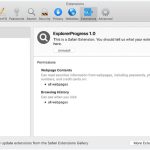

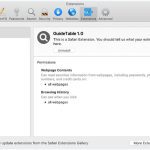





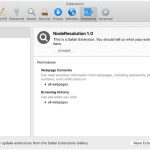



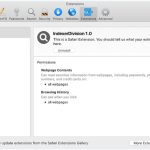



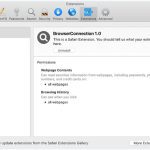

What is N2019cov Ransomware N2019cov Ransomware is a new malware that has become active in mid-March of this year. As you may have guessed, the
What is Opqz Ransomware Opqz Ransomware is another product of cybercriminals who have created a huge number of ransomware-ransomware, which are part of the Stop
What is ProLock Ransomware ProLock Ransomware is a kind of modified version of the LLL ransomware, which was revealed in early March 2020. Cybercriminals resorted
What is C-VIR Ransomware C-VIR Ransomware is another product of attackers who have written a huge number of threats that make up the Dharma ransomware
What is Vhd Ransomware Vhd Ransomware is another cryptovirus that penetrates the computer without the consent of the user, almost instantly encrypts user data using
What is Npsk Ransomware Npsk is another cryptovirus, namely ransomware that comes to the computer without the consent of the user and encrypts most of
What is Maps Assist Maps Assist is a browser hijacker, which is a false search page that looks like popular analogs, such as Yahoo, Google,
What is Velar Ransomware Velar is another ransomware that encrypts user data using a multi-stage algorithm, as a result of which the files become unsuitable
What is Eight Ransomware Eight Ransomware is another representative of a large family of cryptoviruses called Dharma. This ransomware penetrates the PC without the consent
What is DECP Ransomware DECP Ransomware is another cryptovirus that genealogically belongs to a rather large family of cryptoviruses, known as Matrix (like PSAFE or